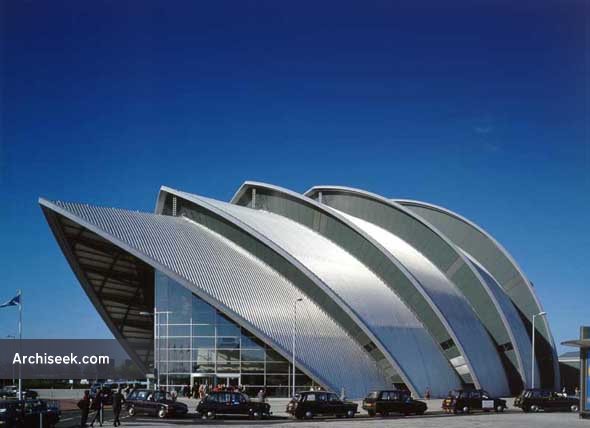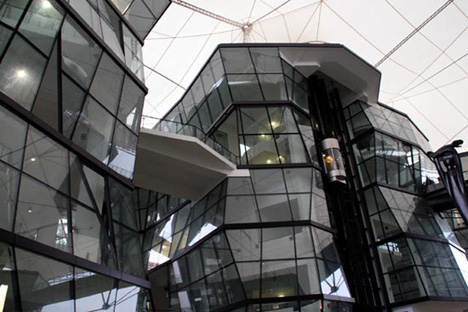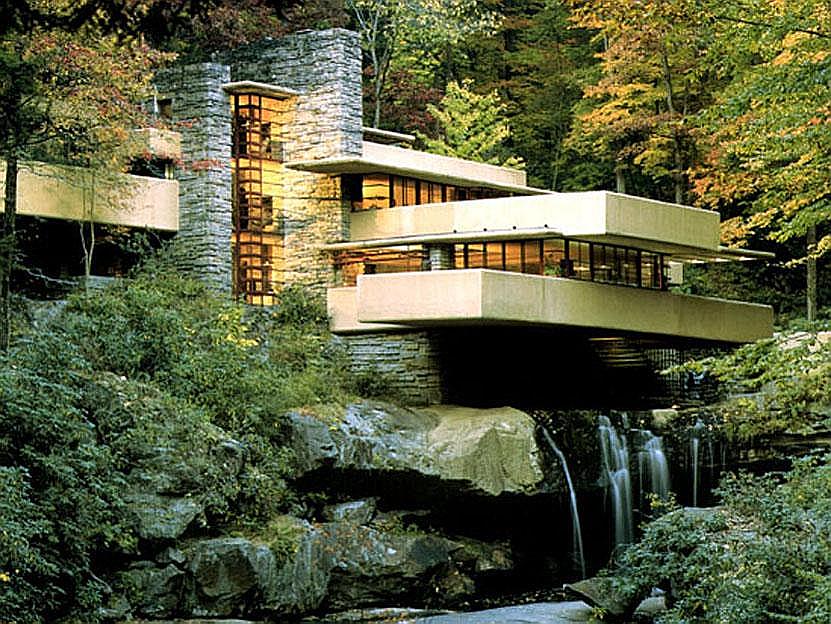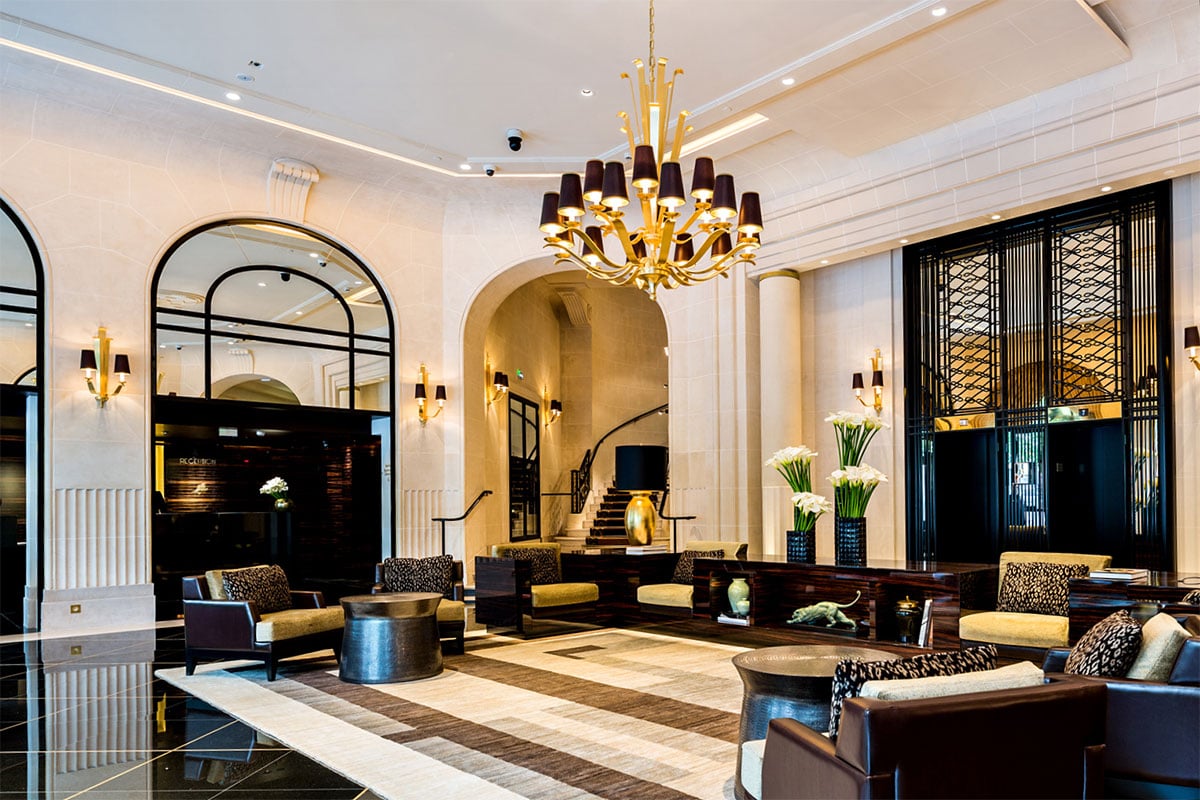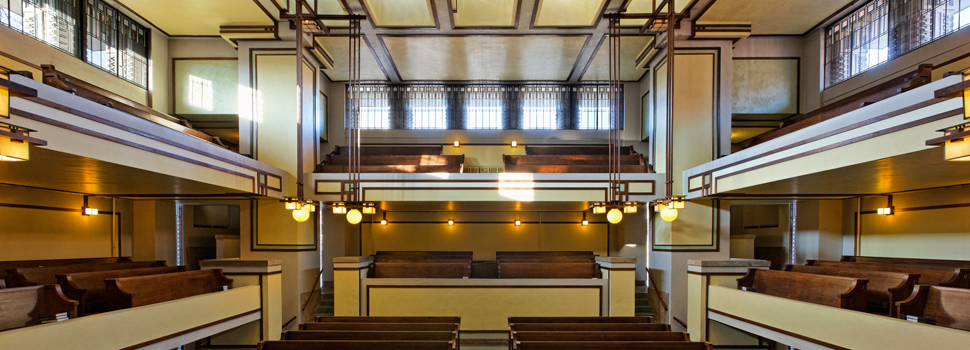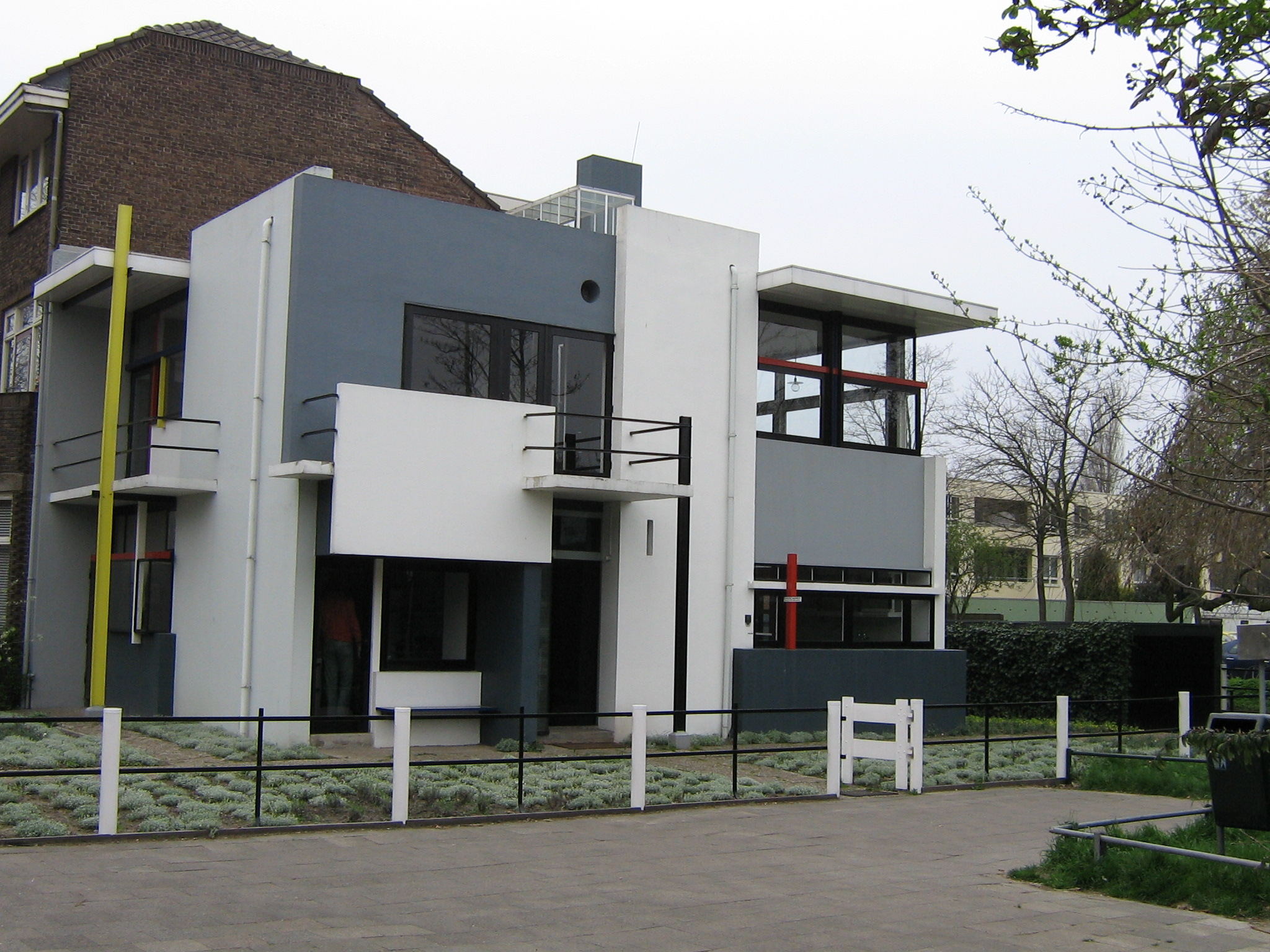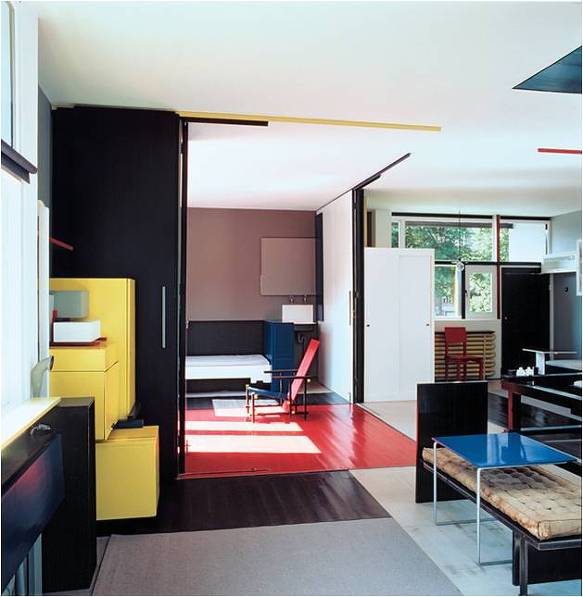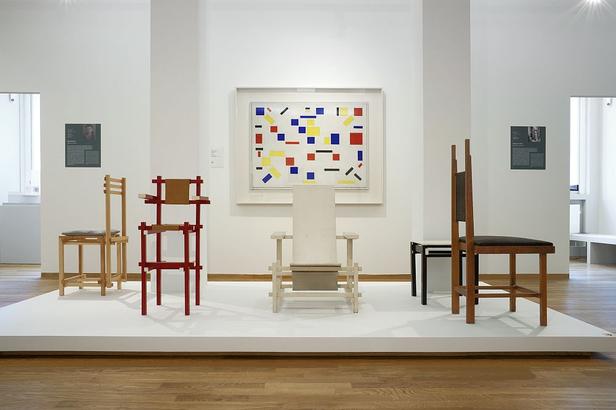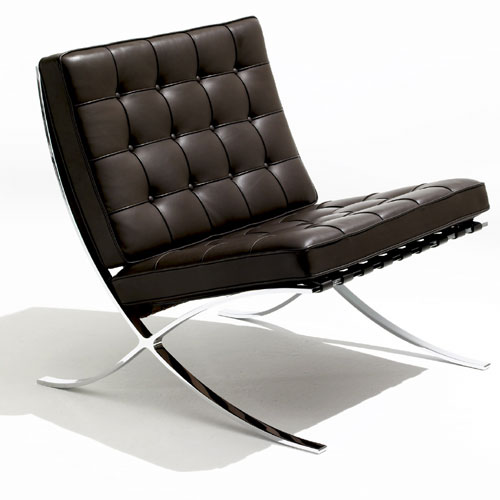Cambridge University
James Stirling
Richard Buckminster Fuller
Norman Foster
Alot of this period dealt with looking at its environment/surroundings and designing from there. The New York Five was a group of architects that used white throughout all their works. These five architects included Peter Eisenman, Michael Graves, Charles Gwathmey, John Hejduk and Richard Meier.
Another design style that used "broken up, loosely assembled parts and elements that were seemingly torn apart and reassembled in chaos was known as the deconstructivism period.
These periods eventually lead to LEED design and making buildings LEED certified.Which hopefully I will be able to form a group and start studying for it soon.
I really enjoyed looking at this period of design because it relates so similar to what we see today.
Peer Discussion
I read Katie's Blog and I enjoyed how she related this period so much to Normal, and I was able to relate and know that I have seen all of these buildings around. I also read Allison's Blog and enjoyed how she explained the contemporary design period.
Video!
http://www.youtube.com/watch?v=tlVseOWToL4
I think that this video depicted what LEED is about and showed how design has changed so much and the new things that have been created to develop this profession as a whole.



